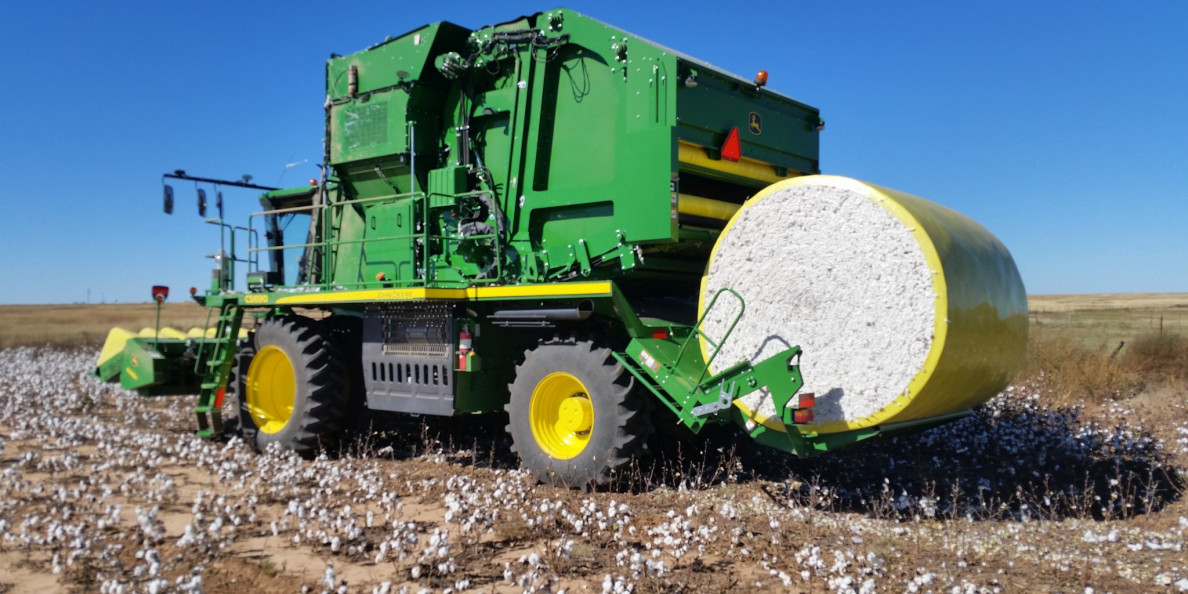hat started out as a potential breakthrough year for Arkansas cotton may pivot to a profound disappointment as late summer and early fall rains continue to saturate crops in the northeastern corner of the state.
In early September, the U.S. Department of Agriculture’s National Agricultural Statistics Service revised the state’s projected cotton yield to 1,150 lbs per acre, approaching last year’s state record, with 485,000 acres planted. But rainfall in the intervening weeks will likely affect both the yield and quality of those acres for the worse.
While harvest effectively stalled for nearly all crops throughout much of the Delta over the past week, cotton is particularly vulnerable to sustained moisture and delayed harvest at this point in the farming cycle, said experts with the University of Arkansas System Division of Agriculture.
Cotton bolls that crack and are subsequently saturated with rainwater can become “hard-locked,” a condition in which the boll will never fully open and the lint becomes unsalvageable. Prolonged wet weather may plague otherwise harvestable lint with germinating seedlings inside the boll, which can degrade quality lead to steep discounts from buyers. More than 96% of bolls were open as of September 23, according to the USDA.
“I’m up in Jackson County, and we received 5-6 inches of rain in our area over the weekend,” said Bill Robertson, Extension cotton agronomist for the Division of Agriculture. “And we – the entire Delta – aren’t done with the rain, either.
“There’s three or four things that could happen at this point,” he said. “And most of them aren’t good.”
In Mississippi County, typically the state’s No. 1 cotton producer, Cooperative Extension Service staff chair Ray Benson said the potential toll on cotton increases with each rain.
“We sit at the house and get sick every time we hear it pounding on the roof,” Benson said. “One rain, one event, one time, may be no big deal, but when it loosens it up, the boll is already exposed, it strings it out, then you get another rain event, it can actually knock the lint from the boll off onto the ground. You’re not going to be able to pick that back up and harvest it.
“This week is pretty critical, in my opinion,” he said. “We need it to quit raining, dry out, get sunny pretty soon, or I think we could see discounts in fiber quality.”
Benson said many cotton contracts settled in early September were in the 80-85 cents-per-lb range. Discounts from discoloration of lint and degraded fiber quality could cost growers 5-7 cents a pound, he said.
“Let’s say you make a two-bale crop,” Benson said. “A nickel a pound could cost you $50 an acre. That’s a lot of money.”
Πηγή: Cotton Grower

